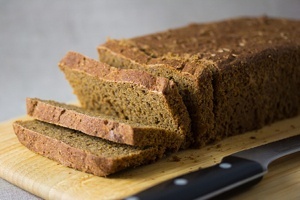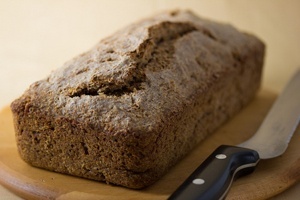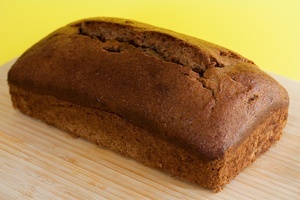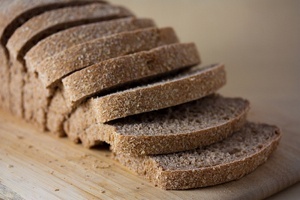Vanilla
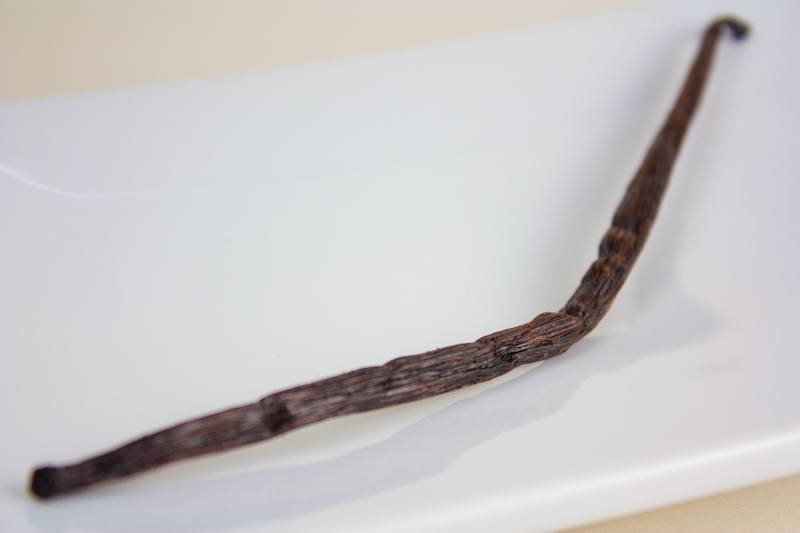
Of the spices used for baking perhaps none is as intriguing as vanilla. Catching a vanilla aroma outside of a bakeshop or kitchen can start an appetite out of thin air for sweets. Vanilla is sexy and mysterious. How does something so essential to desserts come from such a humble little pod?
The history of vanilla
Vanilla's rich history being cultivated started with the Totonac people in what is now modern day Mexico. Cortez eventually found the orchid pods along with chocoalte and brought them back to Spain and gave it the name vanilla which means little pod.The four main types of vanilla are Tahitian Vanilla (V. tahitensis), West Indian Vanilla (V. pompona) and the original vanilla that the others are derived from, Bourbon-Madacascar Vanilla and Mexican Vanilla (Vanilla planifolia). Note that Bourbon-Madacascar and Mexican Vanilla come from the same species. They taste slightly different due to regional environmental variations in climate and soil called terroir.
It wasn't until 1841 until a twelve year old slave on the island of Île Bourbon figured out how to pollinate vanilla orchids by hand using a long thin stick. This led to an explosion in vanilla production in the Madagascar, Mexico and Tahitian regions. Today most vanilla comes from Madagascar and Indonesia.
Vanilla can be used in many ways
Vanilla pods produce a brownish black paste that is actually their tiny little seeds. The term French Vanilla refers to desserts prepared with this paste and having a strong vanilla flavor and aroma.In the kitchen, vanilla can be used as a powder, a liquid extract that is usually the pod paste steeped in grain alcohol, or the pod paste can be scraped out of the pod and used directly. Vanilla pods are relatively expensive, costing around $6US each at the time of this writing. Due to this cost, many bakers choose imitation vanilla which still contains real vanilla's main flavor compound, vanillin. Vanillin is easily produced from wood pulp or coal tar and is considerably more affordable than real vanilla. Taste-wise it's not very far off from real vanilla either, according to this Cook's Illustrated test.
To get vanilla paste from a pod, place it on a cutting board and using the tip of a sharp knife, cut down the pod length-wise. Then split the pod open and scrape out the black paste with the sharp edge of the knife.
Vanilla pod paste works wonderfully in all sorts of sweet goods from Tia Maria to Vanilla Ice Cream. You can even make your own vanilla extract with them.


